Mulching is a gardening practice that offers a multitude of benefits for your plants, soil, and overall garden health. From conserving moisture to suppressing weeds and improving soil structure, mulching is an essential technique that can help your garden thrive. In this guide, we’ll explore the many benefits of mulching and provide you with tips on how to do it right for maximum results.

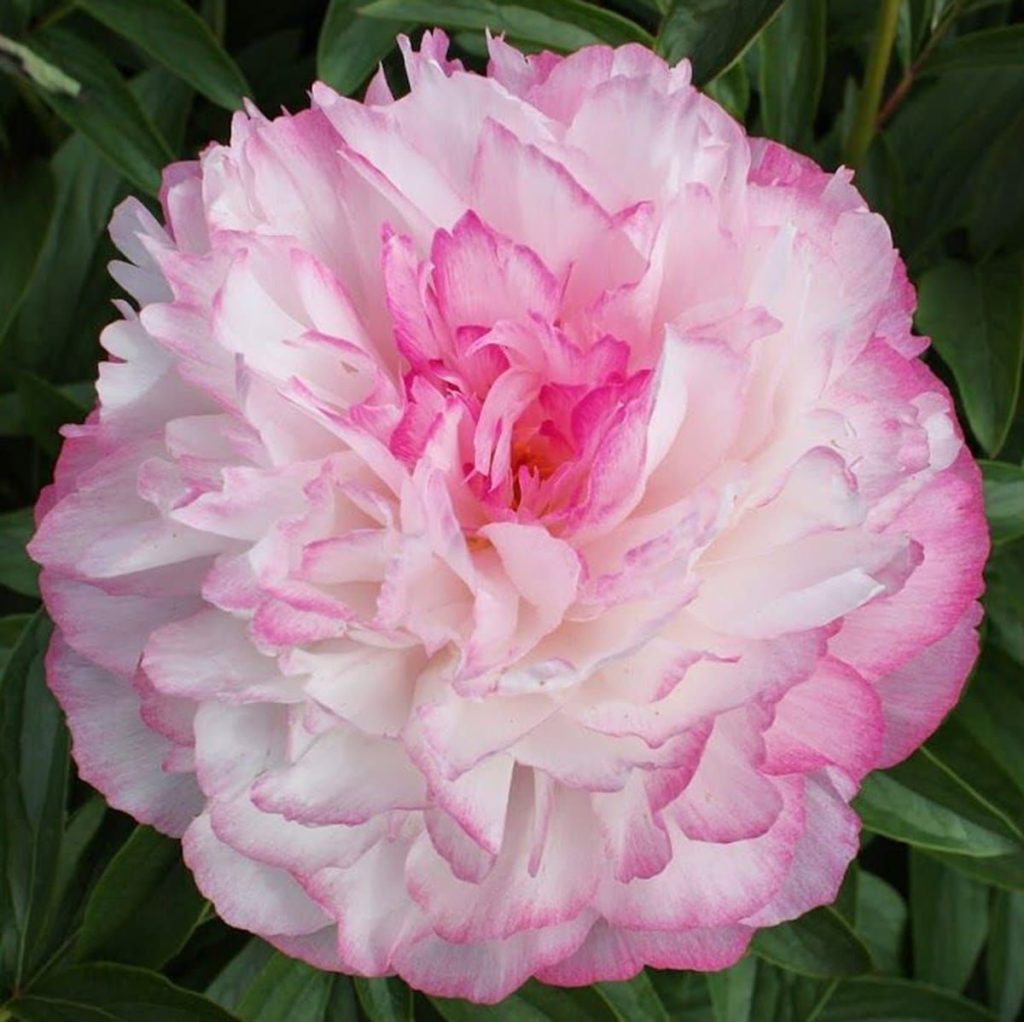

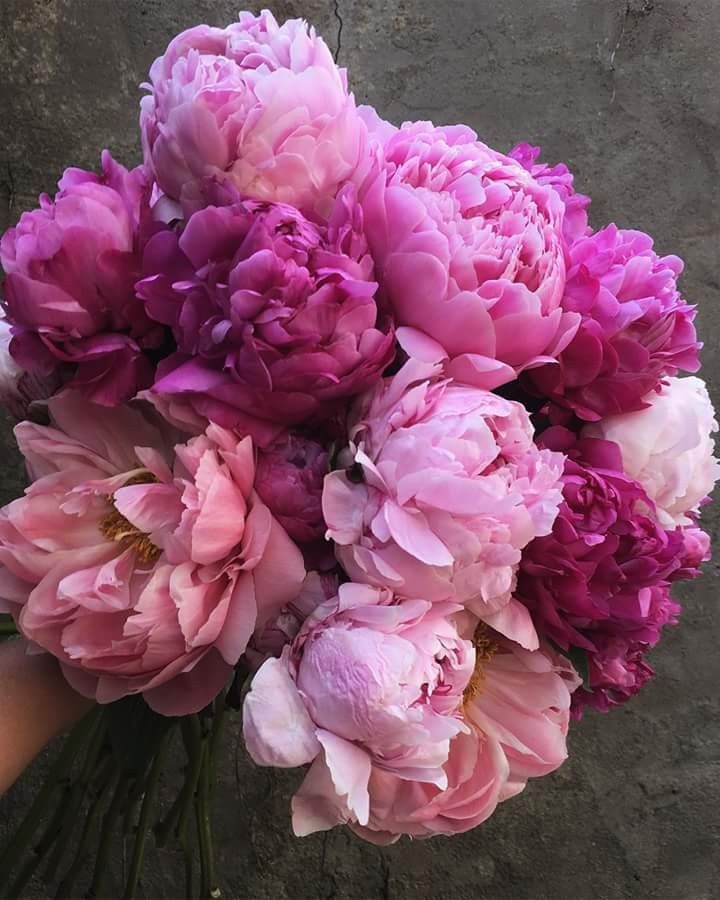
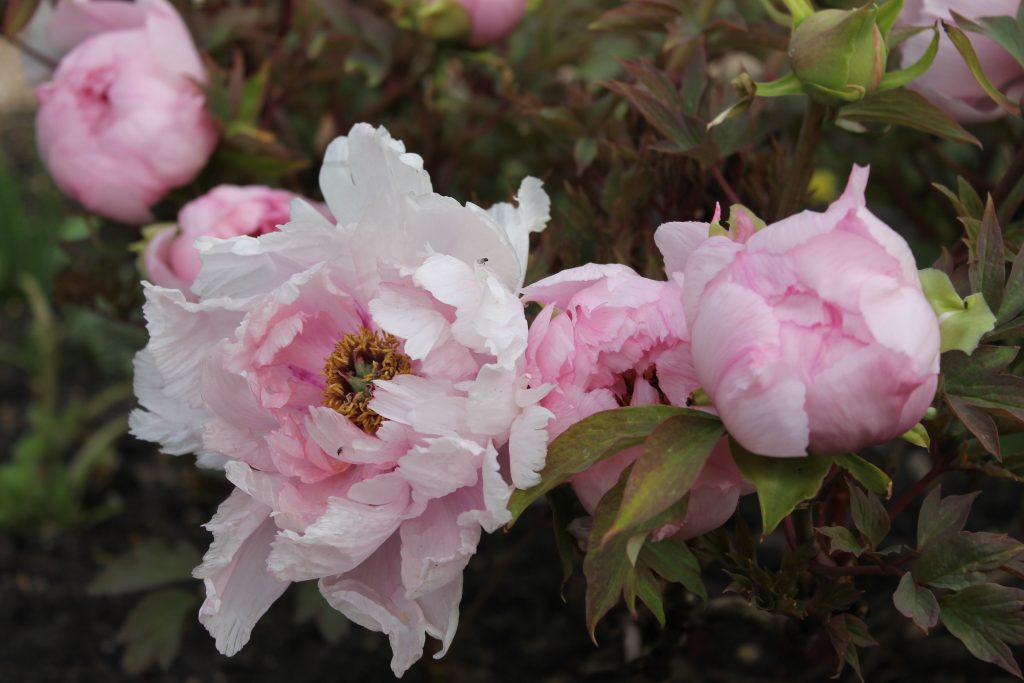
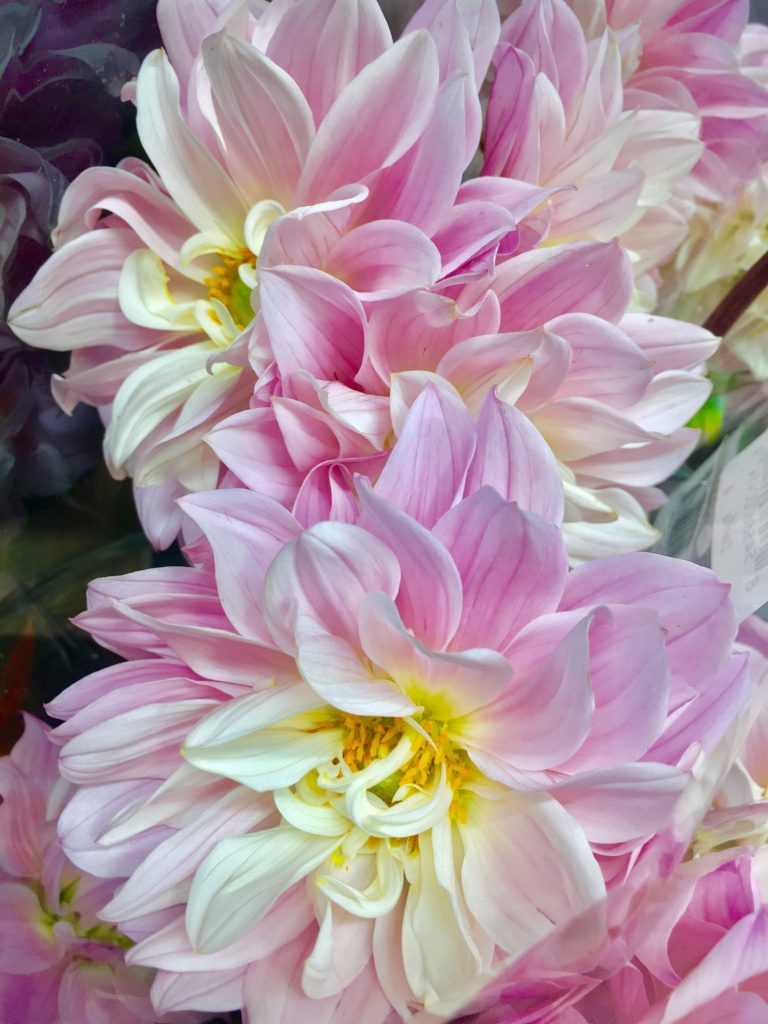
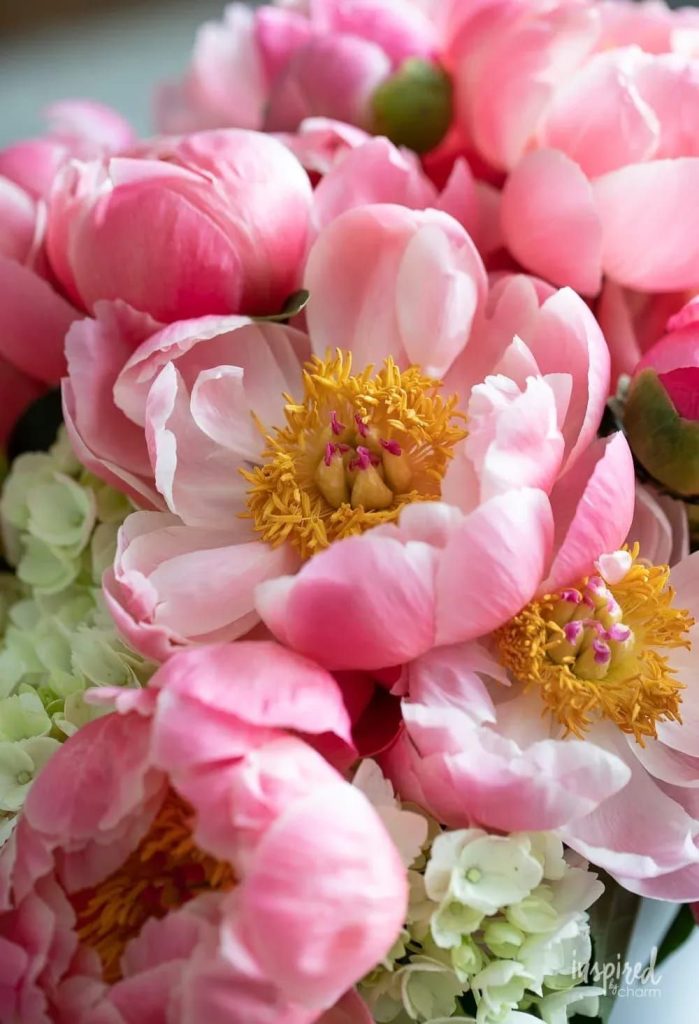

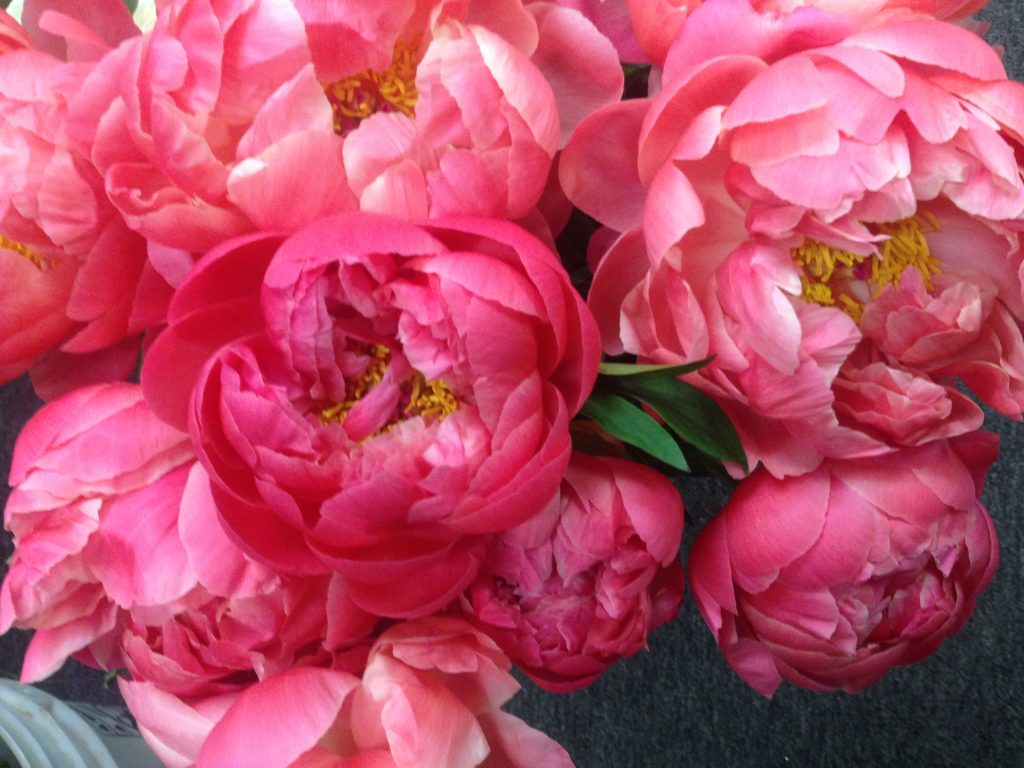

What is Mulching?
Mulching involves covering the soil surface around plants with a layer of organic or inorganic material. This protective layer serves multiple purposes, including conserving moisture, regulating soil temperature, suppressing weeds, and improving soil health.
Benefits of Mulching
Conserves Moisture
Tip: One of the primary benefits of mulching is its ability to conserve moisture in the soil. A layer of mulch acts as a barrier that slows down evaporation, allowing the soil to retain moisture for longer periods. This is especially beneficial during hot, dry weather when plants need extra hydration.
Suppresses Weeds
Tip: Mulching helps suppress weed growth by blocking sunlight from reaching weed seeds, preventing them from germinating and taking root in the soil. This reduces the need for manual weeding and helps keep your garden beds looking neat and tidy.
Improves Soil Health
Tip: Organic mulches, such as wood chips, straw, or compost, break down over time and add valuable organic matter to the soil. This improves soil structure, enhances nutrient content, and promotes beneficial microbial activity, leading to healthier plants and improved overall soil health.
Regulates Soil Temperature
Tip: Mulching helps regulate soil temperature by insulating the soil from extreme temperature fluctuations. In the summer, mulch keeps the soil cool, while in the winter, it provides a layer of insulation that helps protect plant roots from freezing temperatures.
Enhances Aesthetic Appeal
Tip: In addition to its practical benefits, mulching also enhances the aesthetic appeal of your garden by providing a neat, uniform appearance. With a variety of mulch materials and colors available, you can choose an option that complements your garden’s design and enhances its visual appeal.
How to Mulch Right
Choose the Right Mulch Material
Tip: When choosing a mulch material, consider your garden’s specific needs and conditions. Organic mulches like wood chips, straw, or compost are excellent for improving soil health, while inorganic mulches like gravel or landscape fabric are better for weed control in areas where you don’t want plants to grow.
Apply the Right Amount
Tip: Apply a layer of mulch that is 2-4 inches thick around your plants, making sure to leave a small gap around the base of each plant to prevent stem rot. Avoid piling mulch up against plant stems or tree trunks, as this can promote moisture retention and lead to fungal diseases.
Refresh Regularly
Tip: Over time, organic mulches will break down and decompose, so it’s important to refresh your mulch layer periodically to maintain its effectiveness. Remove any old mulch that has decomposed and replace it with fresh material to continue enjoying the benefits of mulching.
Mulch at the Right Time
Tip: The best time to mulch is in the spring or fall when the soil is moist and temperatures are moderate. Avoid mulching too early in the spring when the soil is still cold, as this can delay soil warming and plant growth. Similarly, avoid mulching too late in the fall when the ground is frozen, as this can trap moisture and lead to root rot.
Conclusion
Mulching is a simple yet effective gardening technique that offers numerous benefits for your plants, soil, and overall garden health. By conserving moisture, suppressing weeds, improving soil health, regulating soil temperature, and enhancing aesthetic appeal, mulching can help your garden thrive with minimal effort. To mulch right, choose the right mulch material, apply the right amount, refresh regularly, and mulch at the right time. By following these tips and guidelines, you can enjoy the many benefits of mulching and create a beautiful, healthy garden that you can be proud of. So go ahead and give mulching a try in your garden, and reap the rewards of this beneficial gardening practice!